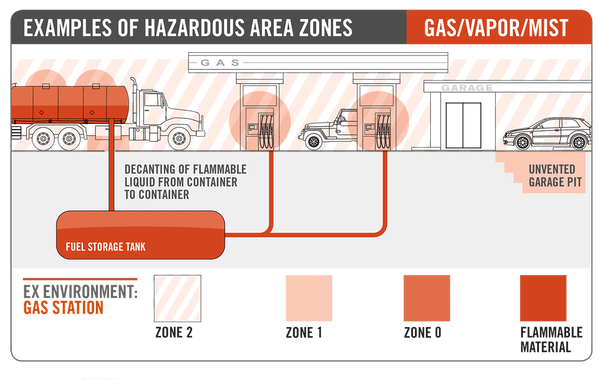|
"ONSHORE ISO SHIPPING CONTAINERS" VS "OFFSHORE DNV SHIPPING CONTAINERS"
DIFFERENT HAZARDOUS AREAS HAVE A CERTAIN IMPACT ON THE DESIGN OF CONTAINERS, BUT HOW TO IDENTIFY ZONE 0, ZONE 1, AND ZONE 2 HAZARDOUS AREAS?
Comments are closed.
|
Archives
July 2024
Categories
All
|
- Home
-
Containerised solutions
- Intelligent pressurised container | MUD logging cabin
- Battery energy storage system (BESS) container
- Flexible grid tied battery storage system
- Laboratory container | workshop container | Equipment containers
- Temporary refuge shelter | Toxic gas refuge | Safe haven
- Offshore accommodation cabin | office container
- Reefer container | Refrigerated container
- Intelligent waste water treatment container
- Fresh water generator container
- Cargo Containers
- Product photos & videos
- News & Blogs
- Contact us
|
Featured products
Intelligent pressurised container Temporary refuge (TR) shelter, toxic gas refuge (TGR) Battery energy storage system (BESS) container Containerised waste water treatment plant Fresh water generator container Reefer container Laboratory container, Workshop container Accommodation container Offshore closed container |
All Rights Reserved 2020 © TLS Offshore Containers / TLS Energy
|

